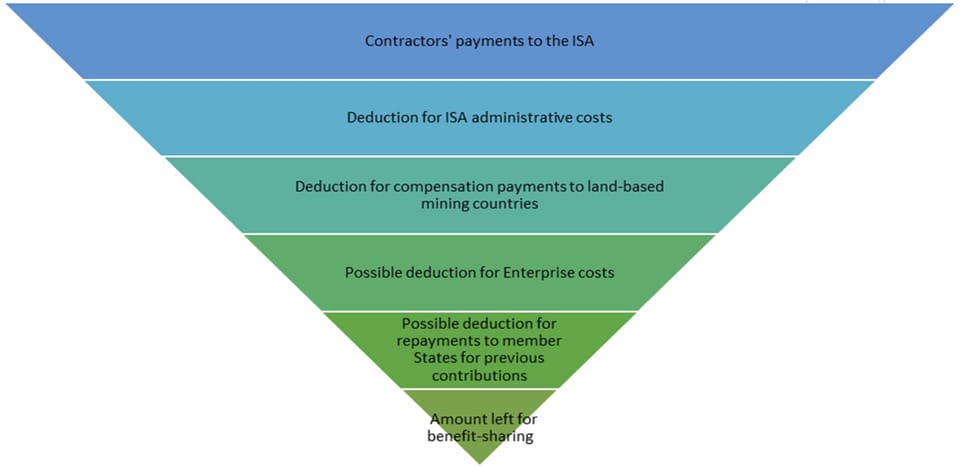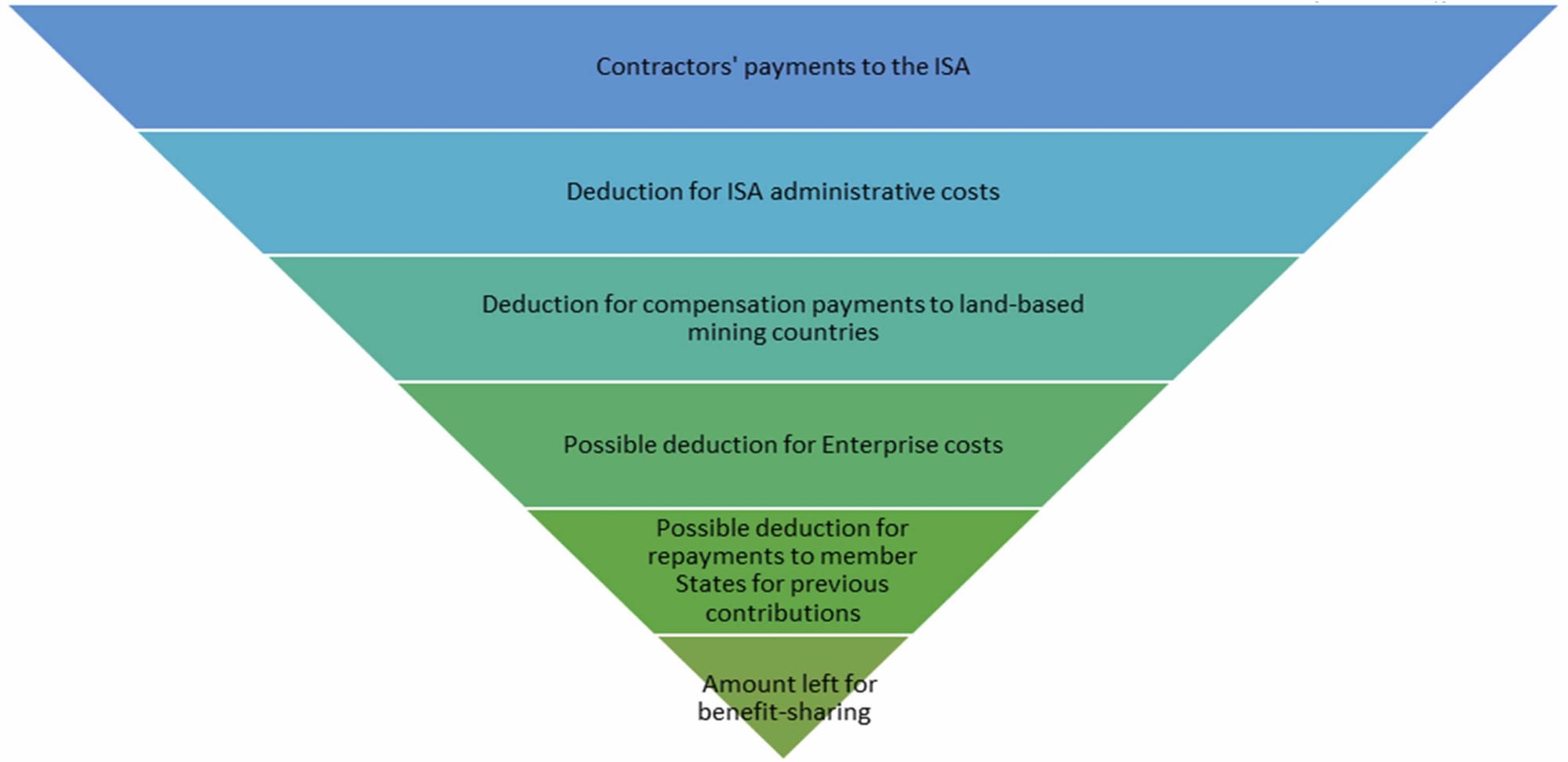The Failure at the center of current ISA models for Deep Sea Mining

As the Republic of Nauru has announced that they will submit an application to mine the deep sea in June, it is high time that the International Seabed Authority (ISA) set out rules and regulations regarding the acceptable practices of mining the deep seabed in International Waters. However, they have not done so yet.
What this means, in practice, is that the ISA will be forced to evaluate this application with the current rules and regulations in place.
However, as set out by the 2024 study by Chris Pickens, the ISA IS taking steps towards a comprehensive evaluation of models to implement equitable resource sharing of what would become a trillion dollar industry.
These models, however, have serious pitfalls.

The ISA commissioned an initial MIT model to calculate what equitable resource sharing could look like, yet this model had a serious whole in the middle; it was built around providing a low fixed royalty rate calculated on the value of the metals, then shifted to focus on maximizing revenues for the ISA while ensuring that it does not offer a competitive advantage to seabed mining relative to land-based mining operations
The MIT model had not sought to take into account the environmental costs to humankind that would be incurred as a result of exploitation activities in the Area, and how these costs can be internalized into the payment regime.
In negotiations, the African Group, voiced criticisms of the MIT recommendation arguing that the payment regime should not be designed around suiting miners or private sector investors, but instead around achieving sufficient returns to humankind for the loss of its common heritage and within the range of those prevailing in land-based mining of the same or similar minerals, noting that UNCLOS mandates these dual principles as the cornerstones of any financial system that the ISA sets in place.
What's more, the ISA did a follow-up study, which concluded that it is not currently feasible to estimate global values of deep-sea ecosystem services in the Area.
Thus, this poses a grave problem. How do you calculate safe environmental standards when you don't know what the impact of deep sea mining will be? How do you ensure Pacific Island Nations, and the whole of humankind, as the deep sea belongs to all of us, can share these resources equitable when you do not know their value? Currently, these are impossible questions to answer.
These grave issues should be raised in the upcoming ISA meetings in March and June. Failure to do so would be catastrophic for the deep sea.
Stay tuned.